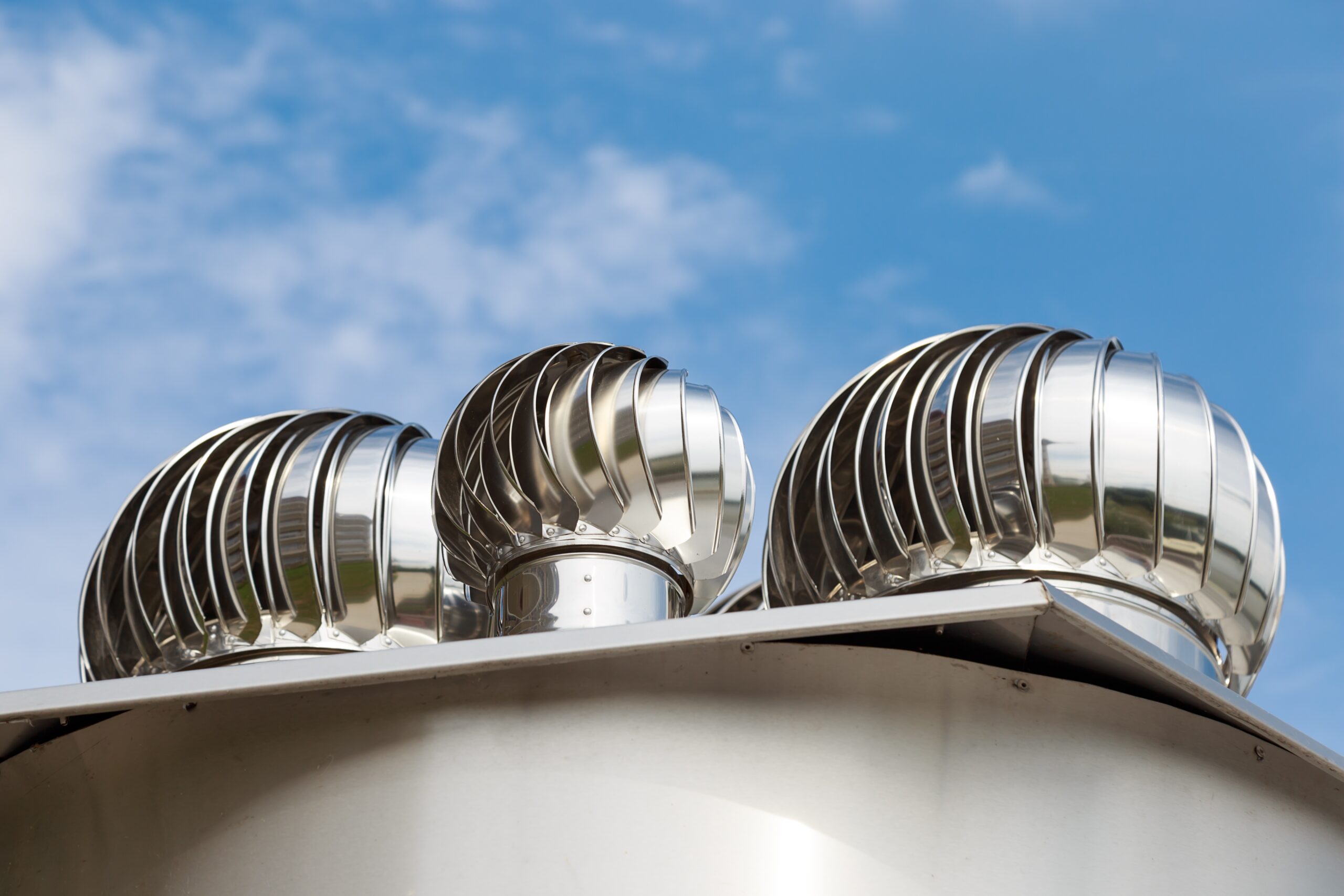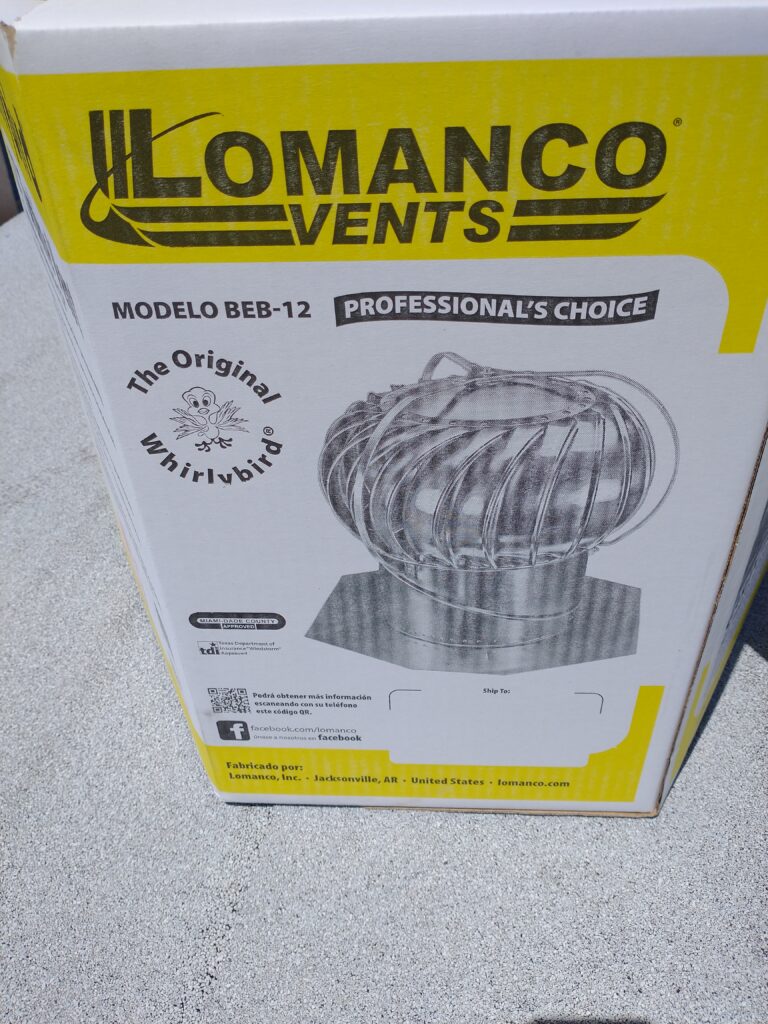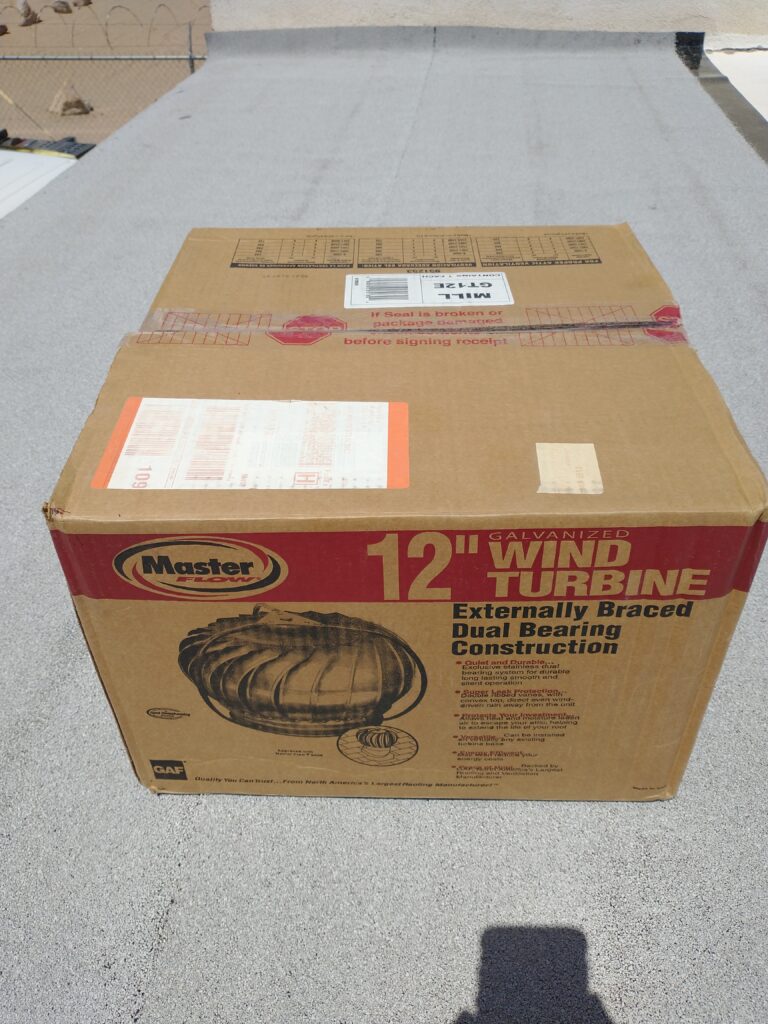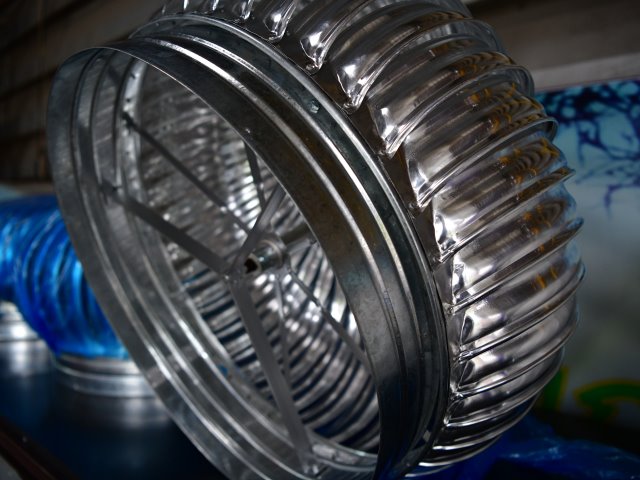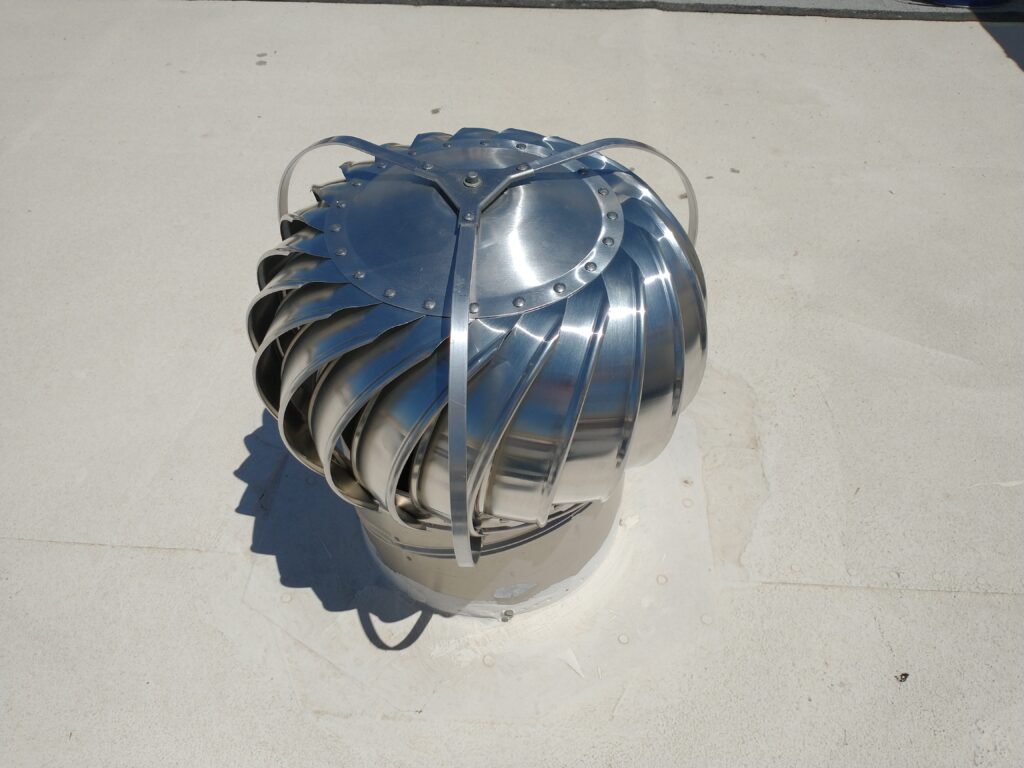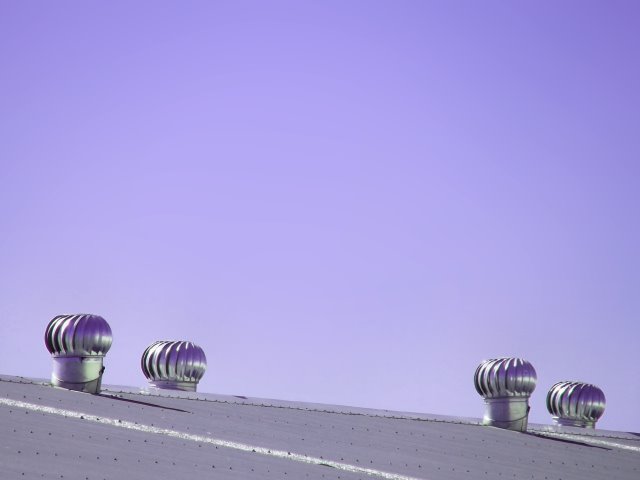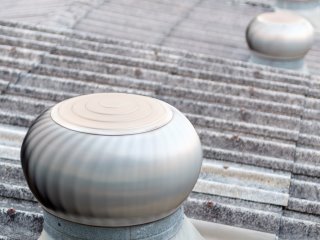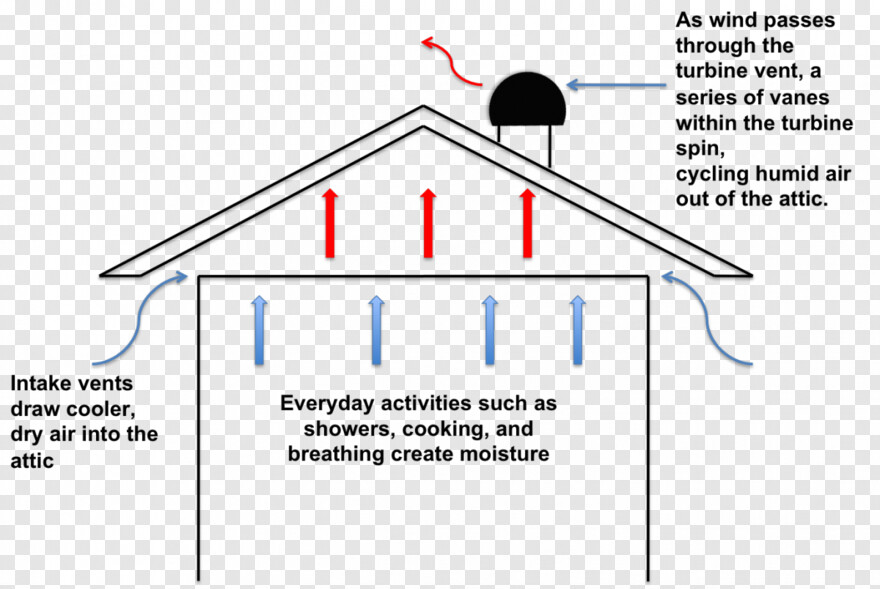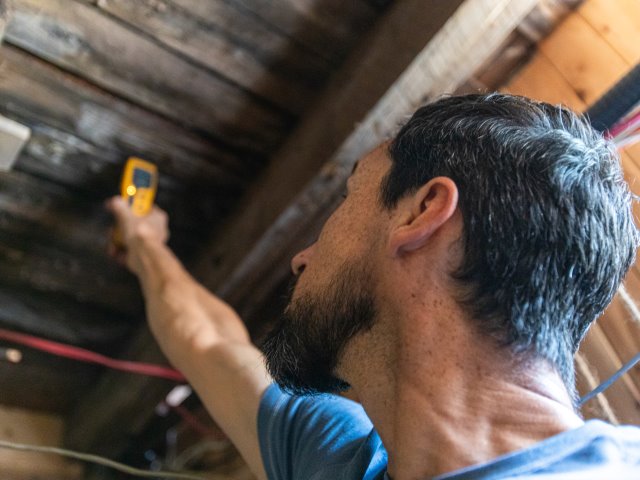Turbine vents can get very noisy during winds once the bearings become worn and are near end of life. When whirlybird bearings wear enough, they begin to make a high-pitched squealing combined with metallic clatter. A squeaky turbine vent can be terribly annoying, and you simply cannot just turn them off with a switch.
The cause of a squeaky roof turbine is usually from bearing wear, and the lubricant drying out. The metal parts of the bearing to rub together and make a squeaking or squealing noise.
What to do? The most common fix is to lubricate the bearing areas to stop the squeaking.
TURBINE VENT LUBRICATION
One method is to give the vent bearings a shot of the old-school, industrial version, of WD-40® Multi-Use Product .
It takes care of the problem, but is not a long term solution for exterior conditions where the wind, rain, dust and sun are beating on it, especially in the scorching heat of the desert. For this treatment, I turn it up a notch and use one of their Specialist line of products, WD-40® Specialist® Spray & Stay Gel Lubricant.
You can buy WD-40 Specialist Products locally at your nearby Home Depot, Lowes, Ace Hardware, Walmart, or many other locations. You can also find links below to the product web page at Amazon.
GOOD – WD-40® Multi-Use Product
BEST – WD-40® Specialist® Spray & Stay Gel Lubricant
Once you have the lubricant, you’ll need to access the roof turbine vent to treat it with lubricant. There are only a couple of options, as noted below.
Lubricate the Turbine Vent on the Roof
The problem is, the turbine vent is on the roof, making it hard to get to. I could stick the spray straw through the turbine blades and slightly press it to one side, angling it towards center. The stream of spray gel hit the target, no problem.
Shoot Lubricant from Underneath the Turbine Vent in the Attic or Rafter Area
If you are afraid of heights or are just do not want to climb on the roof, you can hire someone else to do it, or you can probably get to the turbine vents from your attic.
Lubricating the inner bearings of the turbine from the attic can be pretty easy since access to the lower and upper bearings is pretty straightforward. It will be more difficult to get to the top bearings from inside.
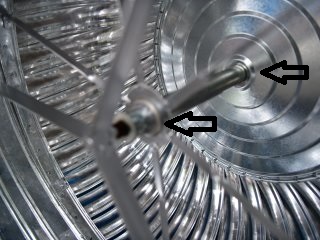
Regardless of which method you use to reach the bearings, be sure to flood them well, and take care to wipe off overspray from the bearing area and turbine components. Excess lubricants can be unsightly and also attract contamination over time. Once lubricated, give the turbine fan a quick spin with your hand to see if you detect any excess noise. It should spin as smooth as silk.
STEPS IN SUMMARY
- Access the turbine vent
- Squirt WD-40 Gel on the lower pivot
- Squirt WD-40 Gell on the upper pivot
- Wipe the excess
- Give it a spin!
- Repeat as necessary
Once you have the technique down, you can begin repeating the process at the other units, if you have them, to prevent catastrophe. You will find that the WD-40 Specialist Spray & Stay Gel Lubricant lasts 12 times longer than the original WD-40 Multi-Use Product, so it’s ideal for roof vents that require longer-lasting lubrication.
Thanks! If you have ideas for better lubricants or methods to enhance a turbine vents life, please let us know.


